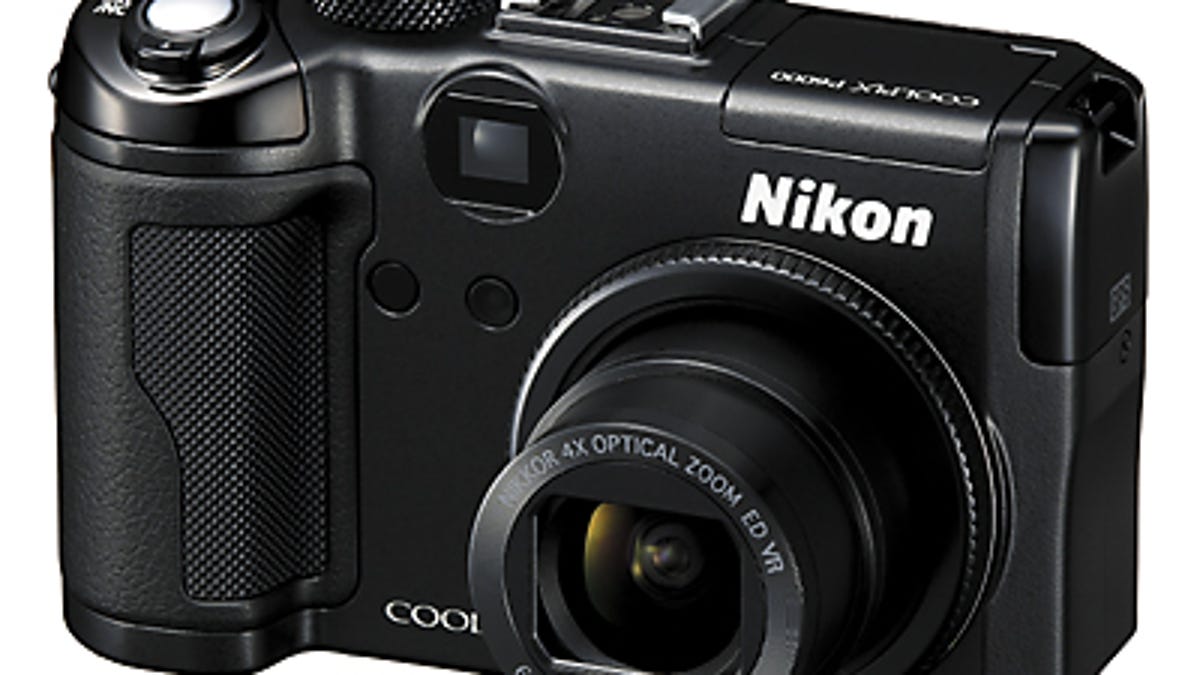Nikon pulls out all the stops for its latest enthusiast compact
The P6000 includes a built-in GPS, Ethernet connection, wireless flash, and a new raw format.

Nikon's really going all out with the newest addition to its P series of compact cameras for amateur shooters. The Coolpix P6000, which replaces last year's
Though support for wireless flash isn't unique--Olympus has been including it in its ultrazoom cameras for a couple of years now--it's still uncommon, and a nice addition for a camera of this class. It only supports a single external Speedlight, but I don't think that's much of a sacrifice. I'm not as convinced about the need for the wired Ethernet port, but I suppose someone may want to connect a camera to a router, somewhere.
Finally, with the P6000, Nikon introduces the NRW raw format. Unlike NEF, NRW is compatible with Vista's Windows Imaging Component codec API (also available for Windows XP SP2 via .NET), which makes using the raw files more transparent under Windows; the operating system does the format transcoding rather than applications, so you don't have to worry about an application supporting your specific format. Certainly this is good for users. But lest you think this is the start of some unprecedented wave of openness on Nikon's part, don't expect NEF to disappear. Nikon simply doesn't expect users in this market segment will shell out extra for Capture NX 2, its raw-processing software.
As for the more prosaic features, the P6000 will use a 1/1.7-inch 13.5-megapixel CCD that supports sensitivities up to ISO 3200 at full resolution, sports a 4x 28-112mm optically stabilized lens, and provides a 2.7-inch LCD with a wide viewing angle. The company has also incorporated the Picture Controls settings from its dSLRs. And, of course, it still includes the manual and semi-manual PASM shooting modes essential in this class of camera.
With all the good stuff, though, Nikon didn't mention any performance improvements over the P5100. That would be unfortunate, because serious sluggishness has always been the biggest weakness of the P series.
Nikon expects to ship the P6000 in September for $499.95.

